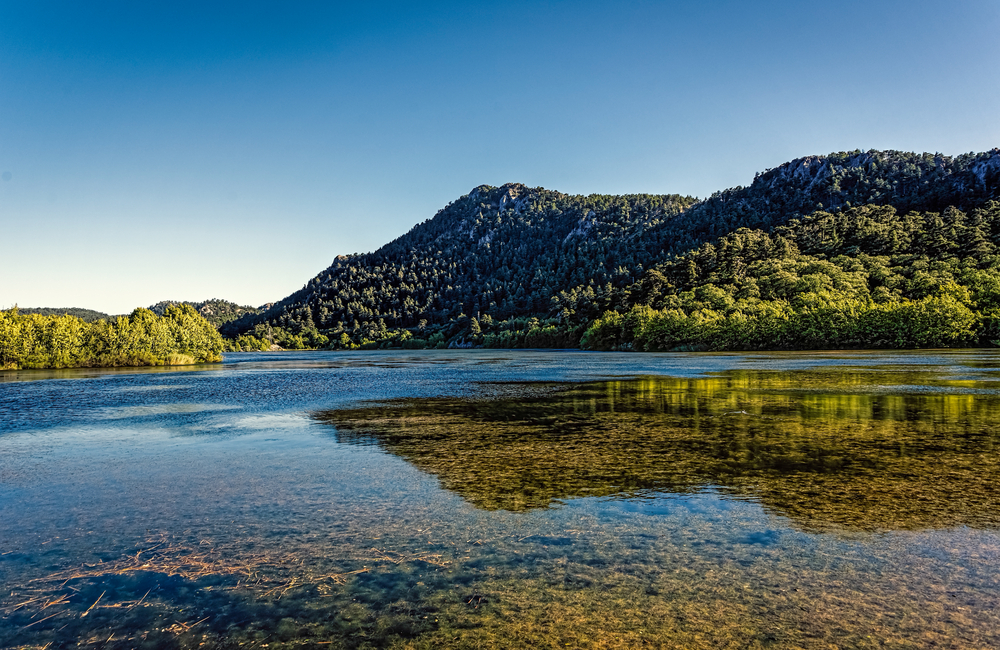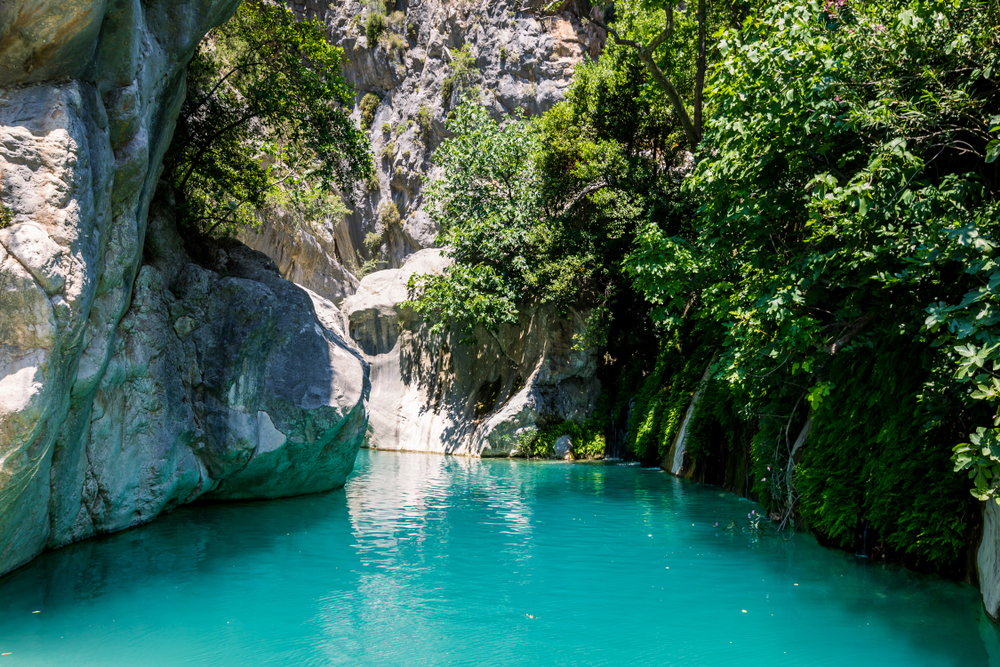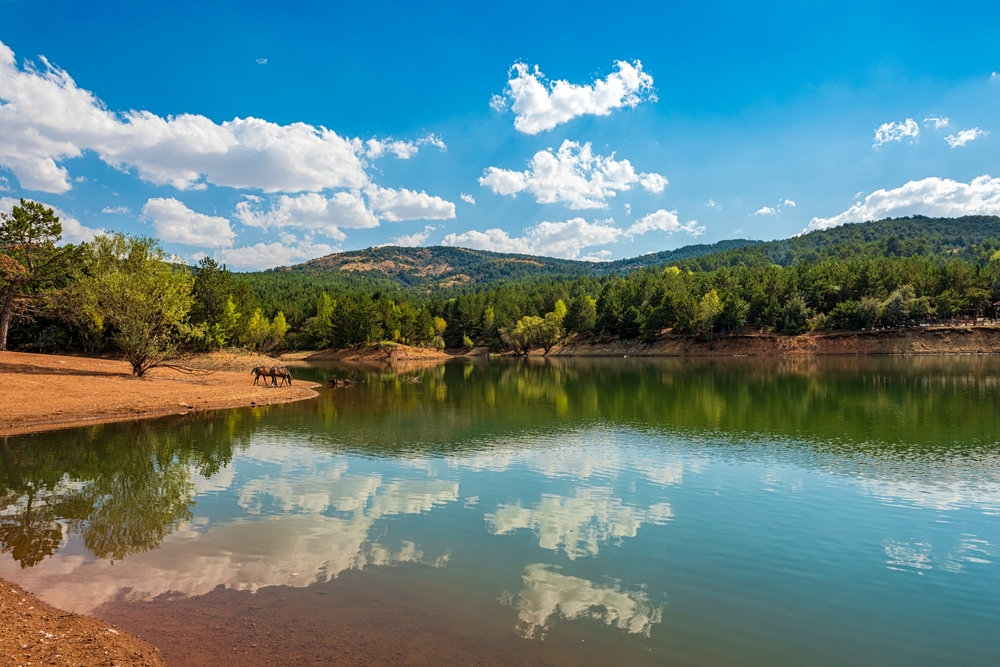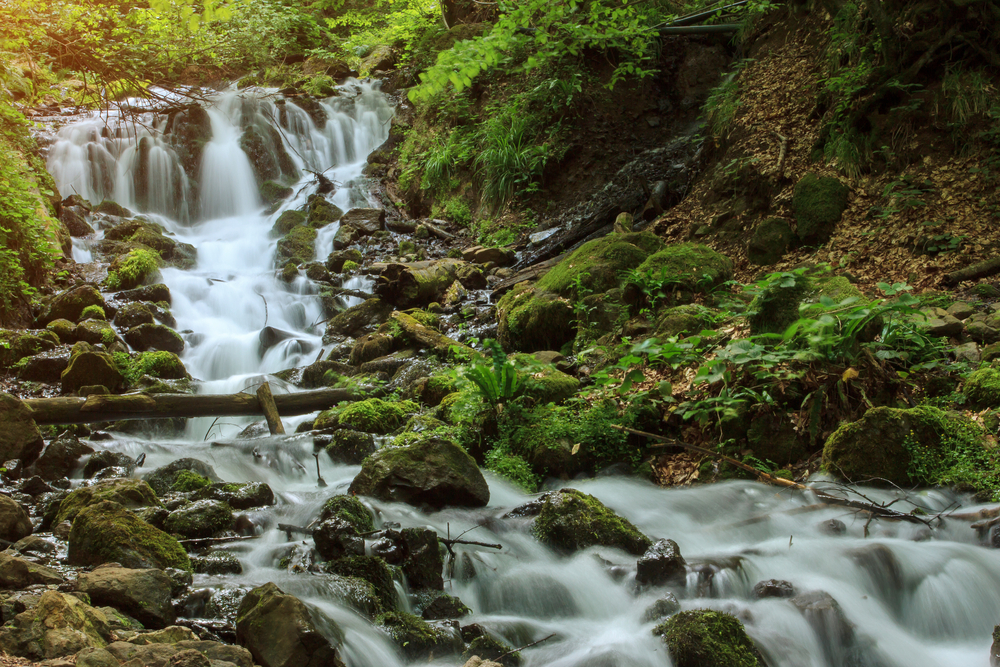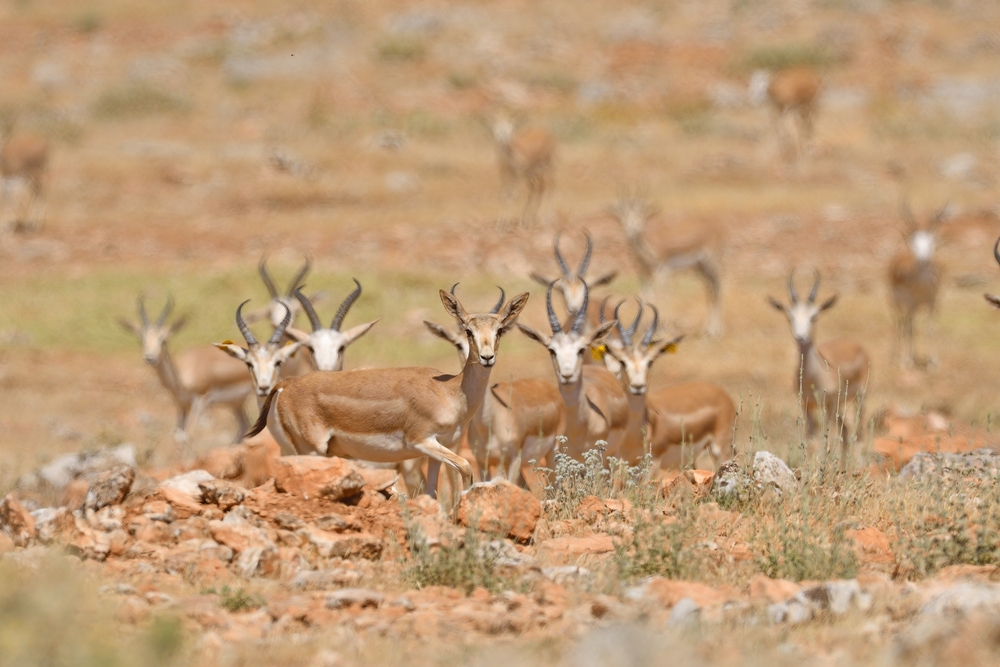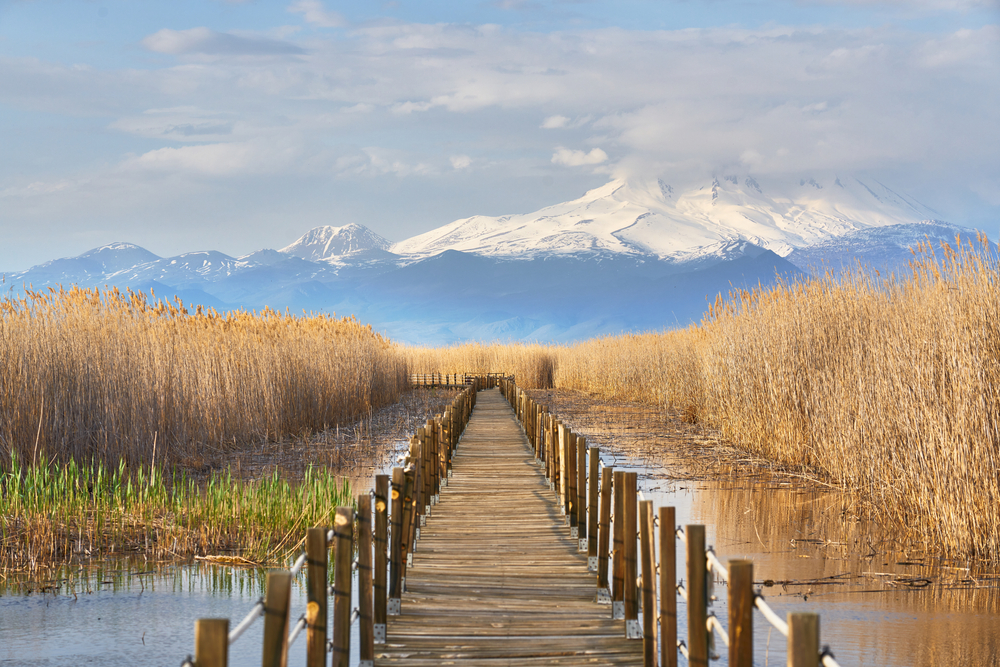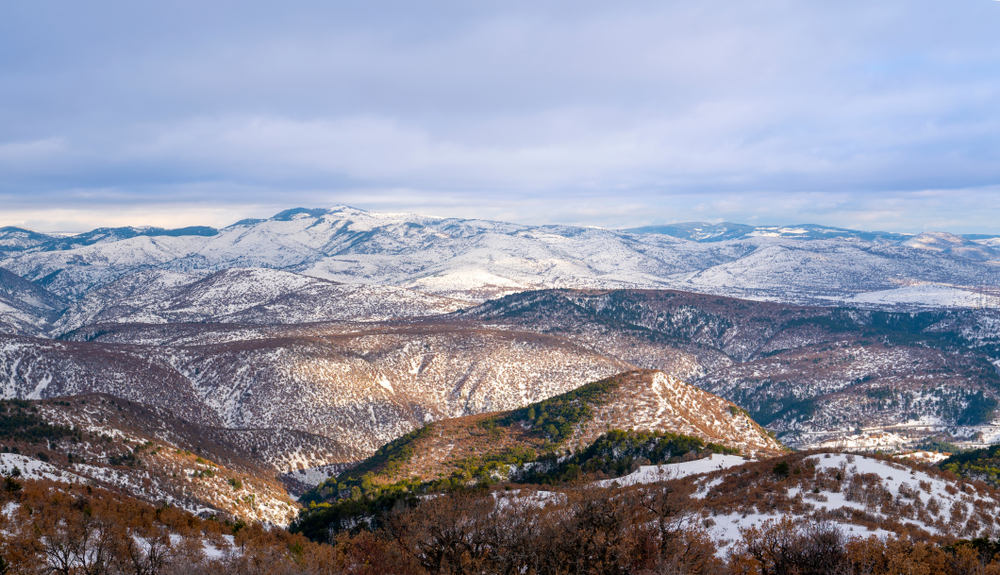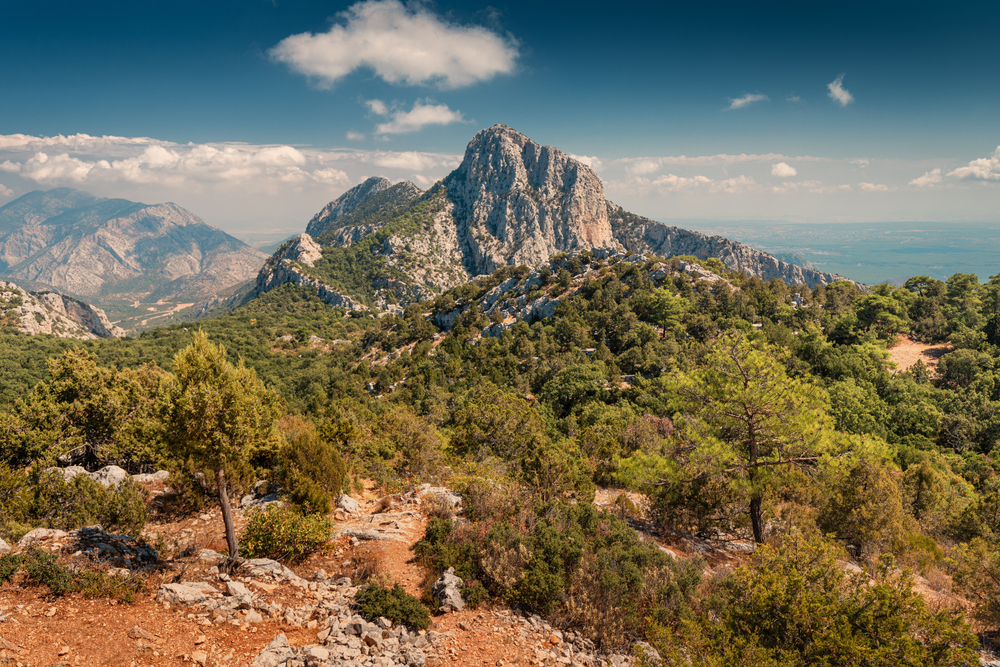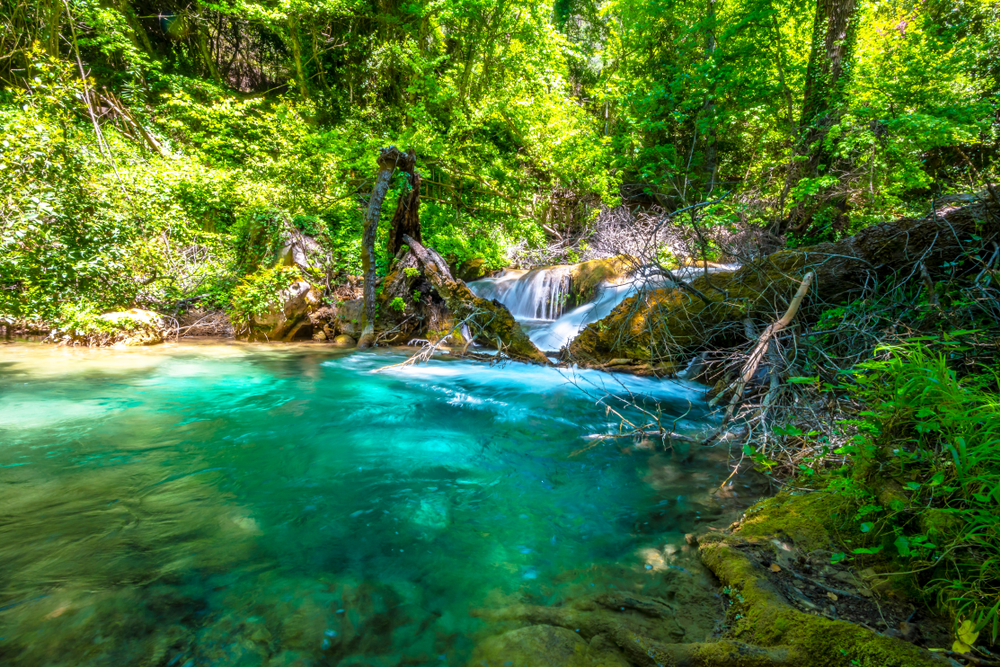Kaçkar Mountains Overview
Kaçkar Mountains National Park, known in Turkish as Kaçkar Dağları Milli Parkı, is a vast and awe-inspiring protected area located in northeastern Turkey, within the provinces of Rize and Artvin.
Covering approximately 126 square miles (326 square kilometers), the park lies within the eastern Black Sea region and encompasses the highest parts of the Kaçkar Mountain Range, including Mount Kaçkar itself, which reaches an elevation of 12,917 feet (3,937 meters).
Established in 1994, this park is known for its alpine scenery, glacial valleys, rich biodiversity, and cultural traditions that reflect a deep connection between people and the highland environment.
The terrain of Kaçkar Mountains National Park is rugged and dramatic, defined by steep ridges, rocky peaks, deep gorges, and hundreds of glacial lakes scattered throughout high-altitude basins. The landscape transitions from lush, temperate rainforests and dense coniferous woodlands in the lower elevations to alpine meadows and rocky outcrops above the tree line.
These high meadows, known as yaylas, are covered in colorful wildflowers during the summer months and are grazed by livestock tended by semi-nomadic herders. Waterfalls cascade down cliffsides, and clear, fast-moving streams crisscross the valleys, fed by snowmelt and glacial runoff.
Wildlife in the park is abundant and diverse, supported by its variety of habitats and relative isolation. Mammals commonly found include brown bears, wild goats, wolves, lynx, and red deer. Smaller animals such as martens, squirrels, and hedgehogs are also present.
Birdlife is equally rich, with species such as golden eagles, bearded vultures, and Caucasian black grouse soaring above the ridges or nesting in forested slopes. The high-altitude wetlands and lakes also attract migratory waterfowl during the spring and autumn seasons. The park is recognized as one of Turkey’s biodiversity hotspots, with numerous endemic plant species found nowhere else in the country.
Kaçkar Mountains National Park is a favorite destination for outdoor enthusiasts seeking adventure in a pristine mountain environment. One of the most popular features is the long-distance trekking route between the Black Sea coast and the eastern Anatolian plateau, with Mount Kaçkar as the ultimate summit challenge for experienced climbers.
The park also offers scenic day hikes, horseback riding routes, and nature walks that pass through flower-filled meadows, mountain villages, and panoramic ridgelines. Traditional stone houses, wooden lodges, and tents provide shelter for trekkers and visitors in remote areas of the park.
Visitors engage with the park through trekking, camping, mountaineering, birdwatching, and photography. Local villages, such as Ayder and Çamlıhemşin, serve as gateways into the park and offer accommodations and cultural experiences. These settlements preserve highland traditions, cuisine, and music, enriching the visitor experience with a sense of place and heritage.
Conservation efforts in Kaçkar Mountains National Park focus on balancing tourism with the protection of fragile alpine and subalpine ecosystems. Challenges include habitat disturbance from grazing, trail erosion, and the potential impacts of climate change on glacial systems.
However, the park has benefited from strong local stewardship, scientific monitoring programs, and regulations that limit development within its core zones. Community involvement and eco-tourism initiatives have further supported conservation goals while celebrating the cultural and ecological value of this remarkable highland region.











































































